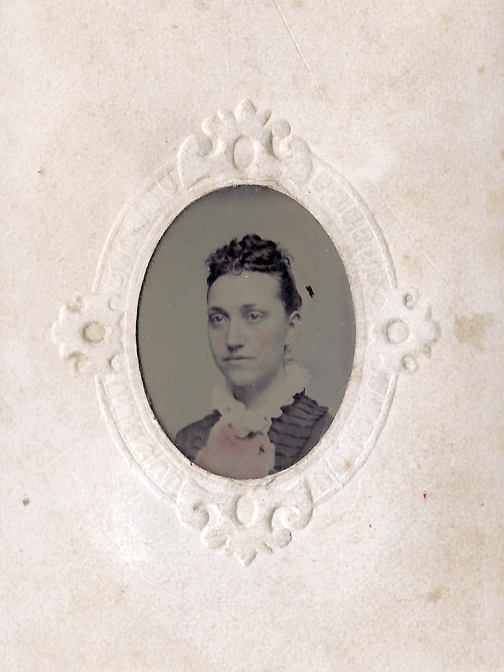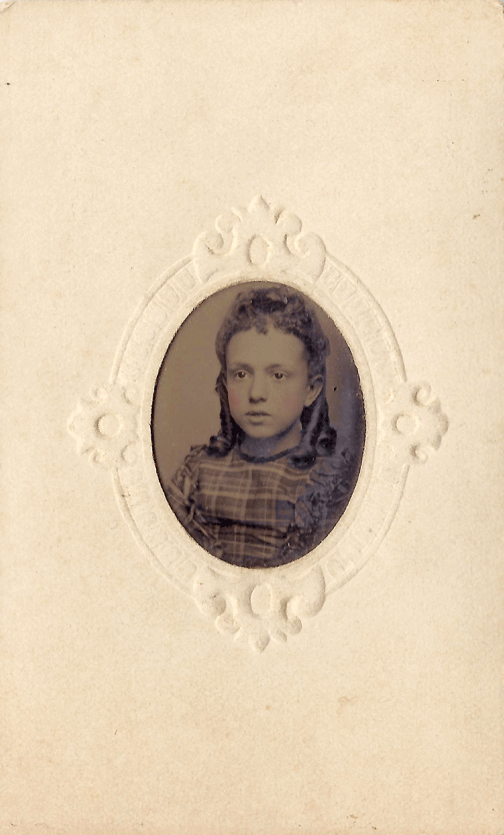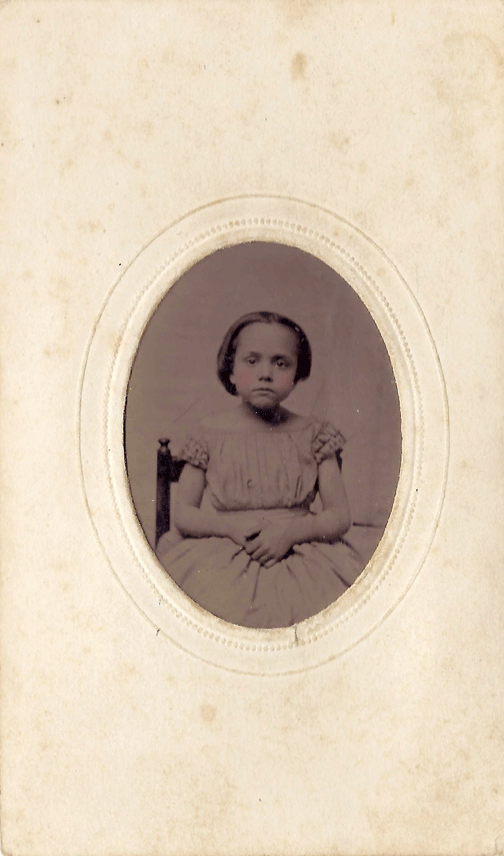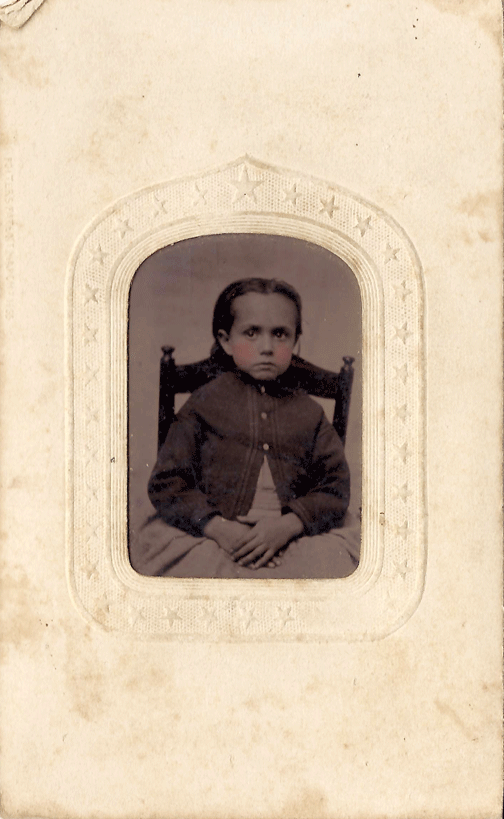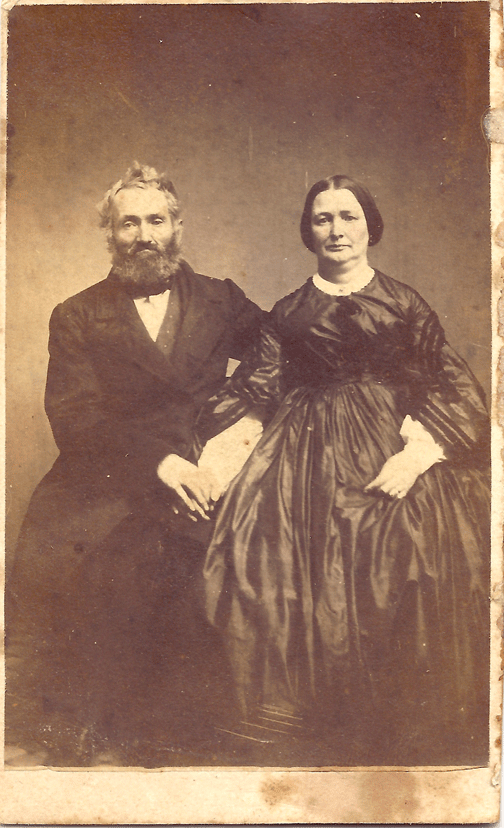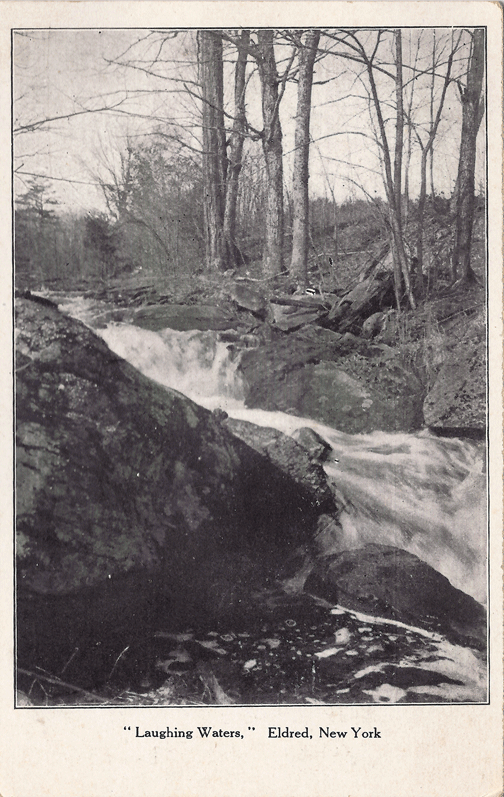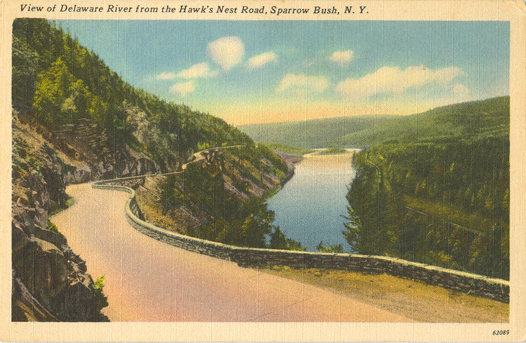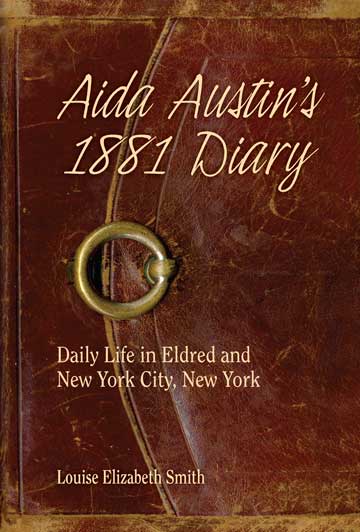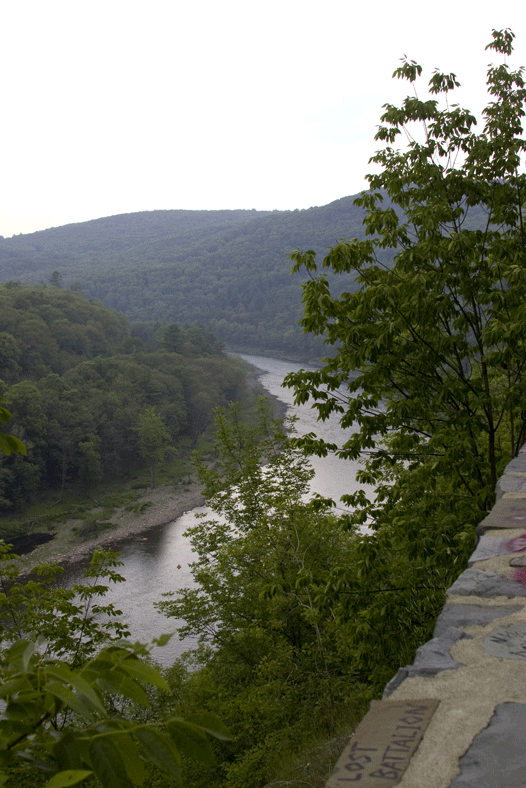Great Aunt Aida Austin was living with her Eldred-Austin uncle, aunt and cousins in New York City in January of 1881. This is an excerpt from “Aida Austin’s 1881 Diary,” the second edition of which is available, having been updated with correct info and ‘new’ old photos of the Eldred-Austin cousins.
January, Monday 3
Mr. Buckbee was here this morning. He is going to send the plumber here tomorrow.
January, Tuesday 4
The plumbers have been here all day and I have not got a bit of sewing done.
January, Wednesday 5
The plumbers have been here again all day.
January, Thursday 6
Maria [Aida’s sister who was also in New York.] came over this afternoon. I was just going out. I called down at Mrs. B.’s to see if she would go to Central Park Saturday evening with Harry and I. Her half sister was there with her husband and little boy. The plumbers were here again this morning until eleven o’clock.

